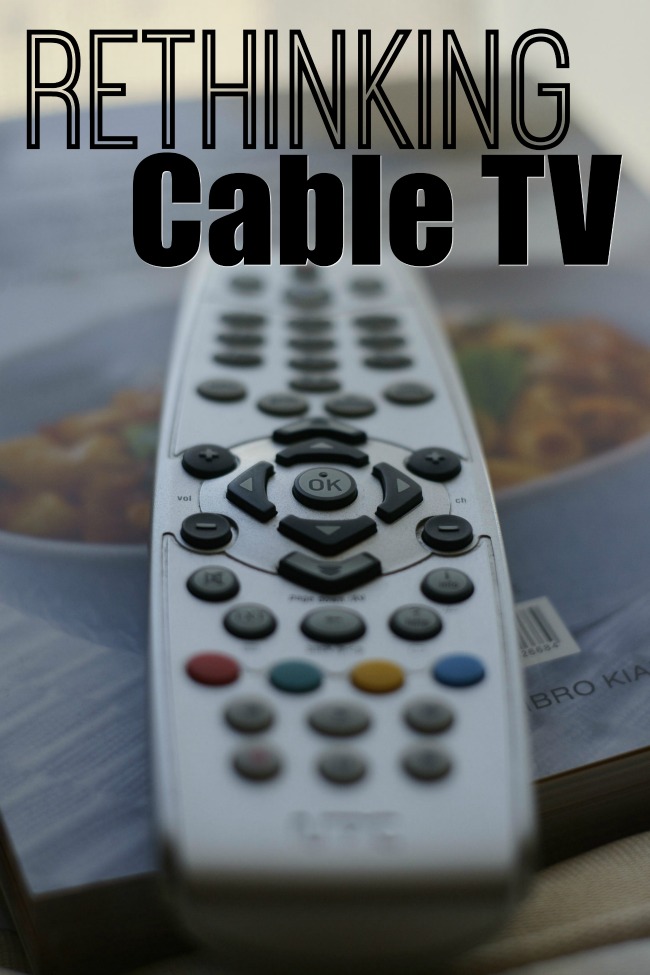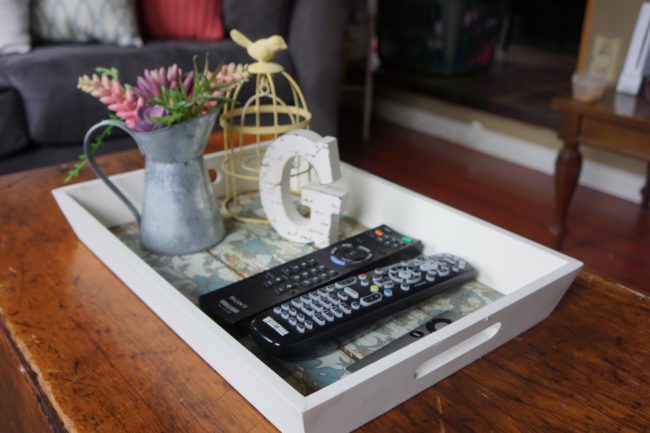
Rethinking Cable TV – Time to cut the cord?
TV Antenna?
Broadcast Locations
Solution: Playstation Vue with Amazon’s FireTV
Our Experience

dishing up creative goodness


Coffee-drinker by day, wine-sipper by night, Danielle is a work-at-home mom to three beautiful kids, ages 3, 7 and 9!
She enjoys sharing her family life in San Diego and features everything from delectable recipes to sharing DIY tips around the home and garden, what she's crafting and more.
A Crafty Spoonful is a participant in the Amazon Services LLC Associates Program, an affiliate advertising program designed to provide a means for sites to earn advertising fees by advertising and linking to amazon.com.
A Crafty Spoonful is also a participant in affiliate programs for networks such as Share-A-Sale, CJ, and Rakuten LinkShare.
More information about our disclosure/policies can be found here: https://acraftyspoonful.com/disclosure-policies/
© Copyright 2015 Simmworks Family Blog · All Rights Reserved · Design by Pink Haired Pixels/Carol Jones Media·
Cable companies are defunct these days … internet TV is far better in virtually every aspect!
I need to send this to my mom! I had cable in college but after that I pretty much cut down to just Netflix so much money with cable! Thanks for the read!
It’s amazing how much we’re not missing cable with this new set up.